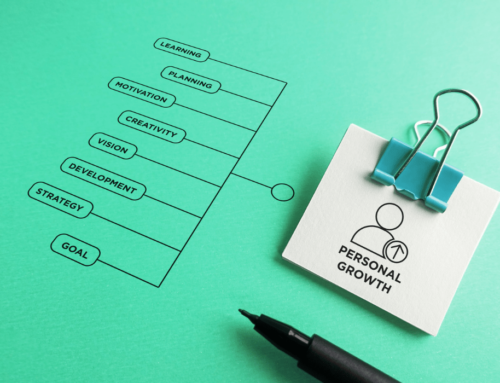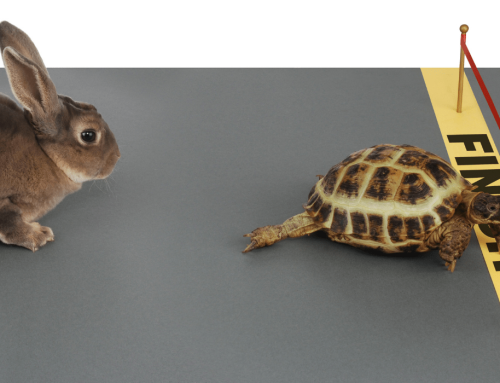Have you ever stared at something so long that it became impossible to comprehend? You try to analyze every angle of the problem, searching for a way to solve the puzzle, but you come up empty. And the longer you stare, the more frustrated you get. This is a good indicator that it’s time for a perspective shift.
Often, the culprit isn’t your inability to properly analyze the problem but the lens through which you are looking.
Perspective Shifts and Problem Solving
When we get stuck in this way, there are two common strategies for overcoming the challenge and solving the problem. The first is to diversify the people analyzing the problem. Diverse teams are often more creative and innovative than teams with high-output problem solvers. Each member of a diverse team will approach a problem with a slightly different perspective, allowing the team to develop several possible solutions for the same problem.
While it’s possible that a team of diverse folks isn’t always possible, that doesn’t mean the problem can’t benefit from a perspective shift. For example, if you’ve ever gotten stuck on a problem, you’ve likely heard something like, “Take a break and come back with fresh eyes.” The most common reason for our problem-solving struggles in these cases is that we are stuck in our heads. Our brains have been working overtime to analyze the problem using the same perspective for hours, and nothing is working. Taking a break and clearing our heads can help us see the problem from a new angle when we return to the work.
Creating a Perspective Shift
This idea of “fresh eyes” has become so popular that it’s been adapted into a problem-solving tool called the Fresh Eyes Approach. Essentially, this approach asks us to think about the problem from a new perspective. To use this approach, you’ll want to start by making sure you’ve properly identified the problem. Once the problem is clearly defined, choose a few alternate viewpoints or perspectives through which you could view the problem. These can be either random or intentional selections. You can view the problem from the perspective of a politician, a Nobel Prize-winning scientist, or even a child. The opportunities are endless, and you can use the new insights you receive from each perspective to help you solve the problem.
One fun way to approach this is to think about perspectives as individual pairs of glasses. For example, let’s say you’ve been working on a problem for a few hours, but you haven’t made any progress. Figuratively speaking, you’ve been staring at the problem through the same lens for too long. Consider “taking off” the glasses you’ve been wearing and replacing them with glasses representing a different perspective. The symbolic act of replacing glasses with new lenses allows you to tap into your imagination and bolster creativity. Sometimes, just that tiny boost in creativity is enough to help you solve the problem. If not, reflecting on what you’ve learned from each perspective and applying it to your problem is a practical first step. It will give you the head start you need to address the challenge with more creativity and innovation.




